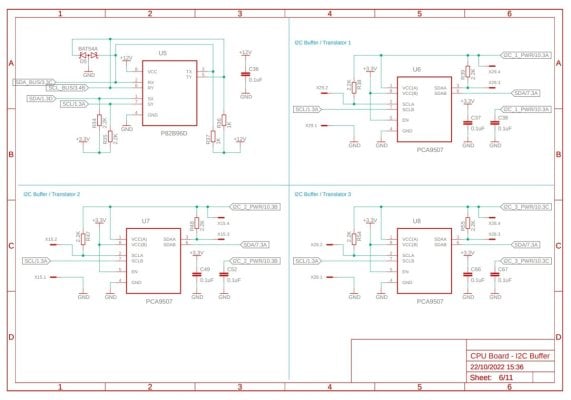dashboard of my reefer 300xl, notice the temperature swing due to bad heater. It went long before I could get the time to investigate and address it.

and corresponding grafana dashboard, that has long term retention

more i look at this graph, more i feel guilty :-( . Anyhow, no corals were lost, and now its fixed. When this problem initially started, i suspected the heater is not able to keep up .. since the temp control chart was showing heater is 100% time on. The internal thermister was turning off the heater, and that went undetected. Although, this was easily preventable, as the kasa hs300 provides current draw numbers and reef-pi can read this as analog sensor. Those number would make it abundantly clear that the 300w heater was barely drawing any current most of the time (when i manually checked, it was 1w ).
I hope i'll remember to add these learnings in the temperature controller guide (that not just temperature swing , but also the current draw of the heater can be used for early detection of failures)
and corresponding grafana dashboard, that has long term retention
more i look at this graph, more i feel guilty :-( . Anyhow, no corals were lost, and now its fixed. When this problem initially started, i suspected the heater is not able to keep up .. since the temp control chart was showing heater is 100% time on. The internal thermister was turning off the heater, and that went undetected. Although, this was easily preventable, as the kasa hs300 provides current draw numbers and reef-pi can read this as analog sensor. Those number would make it abundantly clear that the 300w heater was barely drawing any current most of the time (when i manually checked, it was 1w ).
I hope i'll remember to add these learnings in the temperature controller guide (that not just temperature swing , but also the current draw of the heater can be used for early detection of failures)






















